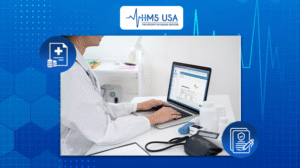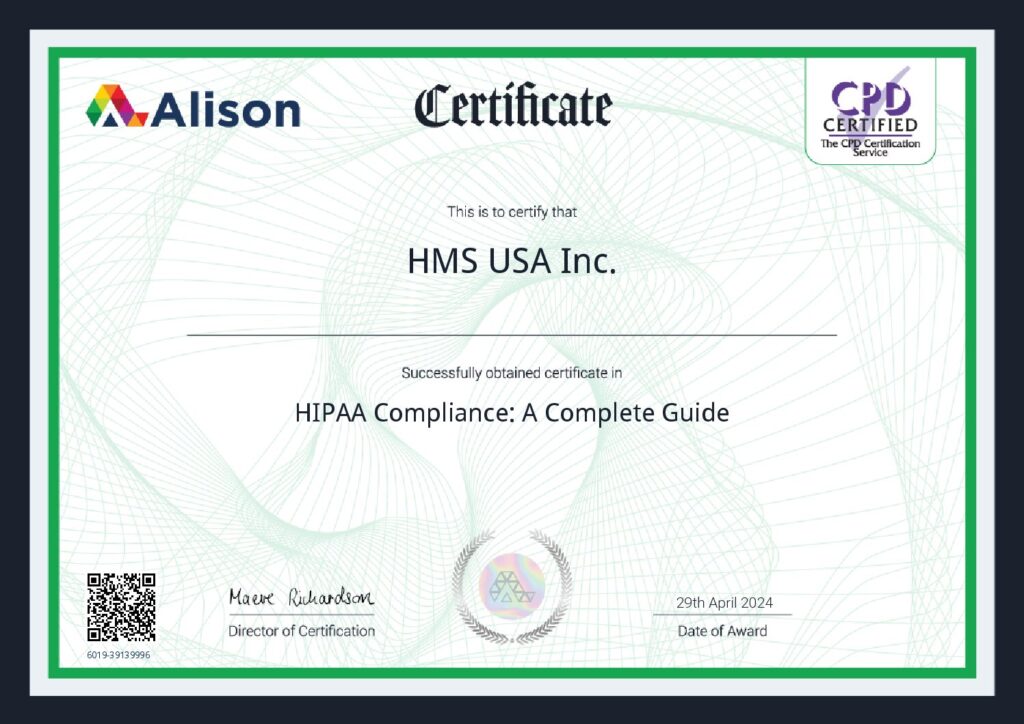Urinary Tract Infections (UTIs) are one of the most common reasons for doctor visits, with over 8 million healthcare visits in the U.S. each year. About 50–60% of women will experience at least one UTI in their lifetime, and older adults and individuals with chronic conditions are especially at risk.
However, treating a UTI involves more than just administering antibiotics. An accurate diagnosis and selecting the correct ICD 10 code for UTI are crucial to ensure adequate care, proper documentation, and timely insurance reimbursement.
Let’s break down why choosing the exemplary icd 10 code for UTI isn’t just a clerical task—it’s key to better patient outcomes and a smoother healthcare experience.
Understanding UTIs – A Clinical Perspective
What is a UTI?
A Urinary Tract Infection (UTI) is an infection that can affect any part of the urinary system, including the kidneys, ureters, bladder, and urethra.
The lower urinary tract—the bladder and the urethra—involves most infections. Usually, Escherichia coli (E. coli) UTIs result from bacteria entering the bladder via the urethra, where they start to proliferate.
Common Symptoms and Causes
The clinical presentation of a UTI can vary depending on the site and severity of the infection. Common symptoms include:
- A strong, persistent urge to urinate
- A burning sensation during urination
- Cloudy, dark, or strong-smelling urine
- Pelvic pain, particularly in women
- Fever or chills (typically with upper tract infections)
UTIs are commonly caused by bacterial contamination from the gastrointestinal tract, poor hygiene, sexual activity, the use of urinary catheters, and underlying urological abnormalities. Specific populations, such as postmenopausal women and patients with diabetes, are at higher risk of recurrent infections.
Types of UTIs
UTIs are generally classified based on the location of the infection:

Cystitis (Bladder Infection): The most common type of UTI, characterized by inflammation of the bladder, typically presenting with dysuria, urgency, and suprapubic pain.
Urethritis (Urethral Infection): Involves inflammation of the urethra and may present with burning during urination and discharge.
Pyelonephritis (Kidney Infection): A more severe form of UTI involving the kidneys. Symptoms often include flank pain, high fever, nausea, and vomiting, and it may require hospitalization.
For accurate coding and care, it is essential to distinguish these types correctly. By using a specific urinary infection ICD 10 code for UTIs, medical records are kept clear, and clinical decisions can be made more easily.
ICD-10 Code for UTI – The Basics
ICD-10 codes (International Classification of Diseases, 10th Revision) are global diagnostic tools maintained by the World Health Organization (WHO). They facilitate accurate billing, healthcare data tracking, and informed clinical decision-making.
For urinary tract infections (UTIs), the primary ICD-10 code is N39.0, referred to as Urinary tract infection ICD-10, which encompasses UTIs where the specific site (such as the bladder or kidneys) is not specified.
Healthcare providers use code N39.0 when a UTI is diagnosed, but the exact location is unknown or undocumented. This ensures proper billing, supports research, and maintains consistent patient records.
Standard UTI-Related ICD-10 Codes and Their Use
While N39.0 is the most frequently used ICD-10 code for urinary tract infections (UTIs), other codes may be required to represent more specific conditions or contributing factors.
Below are some of the most common UTI-related ICD-10 codes and their appropriate applications:

N39.0 – Urinary tract infection, site not specified
Used when the infection is confirmed but the exact location is undetermined or not recorded.
N10 – Acute pyelonephritis
Applied when the infection involves the kidneys, often accompanied by fever and flank pain.
N30.0 – Acute cystitis
Used for bladder infections that are sudden in onset and often associated with dysuria and frequency.
N39.0 with additional Z87.440 – Personal history of UTI
This combination can be used to indicate recurrent urinary tract infections (UTIs) or a history of significant UTIs.
N39.41 – Urinary tract infection following a procedure
This code is applicable when a UTI develops as a complication of a medical or surgical procedure.
N39.0 with B95–B97 codes
To indicate the specific bacterial cause of the infection, if known.
Additional related ICD-10 codes that may be documented alongside a UTI diagnosis include:
R33.9 – Urine Retention ICD 10, unspecified
This code can be used when the patient exhibits signs of urinary retention, a possible complication of a UTI or its treatment.
D64.9 – ICD 10 Anemia, unspecified
In cases where anemia is identified, it may be due to chronic infections or systemic conditions.
A41.9 – Sepsis ICD 10, unspecified organism
Sepsis can occur as a serious complication of untreated or severe UTIs, particularly in older adults or immunocompromised patients.
These related codes enhance clinical documentation, ensuring that all patient care is accurately and thoroughly documented.
UTI Coding in Special Populations
UTIs are common but vary in presentation and coding needs based on patient age, immune status, and comorbidities. Accurate ICD-10 coding is essential for precise documentation, effective treatment, and proper reimbursement.
Pediatric UTIs
Pediatric UTI coding requires detailed clinical notes and differentiation between upper and lower tract infections. Standard codes include N39.0 (UTI, site unspecified) and specific codes, such as N13.70, for vesicoureteral reflux. Congenital anomalies and recurrent infections must also be noted.
Elderly or Immunocompromised Patients
UTIs may present atypically and cause complications such as sepsis or delirium. Use codes like N10 (acute pyelonephritis) and R65.20 (severe sepsis) as applicable. Z-codes document immunocompromised status or immunosuppressive therapy, reflecting the complexity of care.
UTIs with Comorbidities (e.g., Diabetes, Sepsis)
When UTIs coexist with chronic conditions, coding should capture these interactions. For example, use E11.69 for diabetes with complications alongside UTI codes. If sepsis develops, follow ICD-10-CM guidelines, coding the infection first, then systemic effects.
Role of Accurate ICD-10 Coding in Revenue Cycle Management
ICD-10 coding is a crucial component of the healthcare revenue cycle, as it has a direct impact on how claims are processed, the amount of reimbursement, and overall financial performance.
Correct and detailed coding makes it easier for claims to be accepted by clarifying any confusion related to diagnosis-related groups (DRGs). This also speeds up bill processing and ensures that the correct amount of money is paid for the services provided. On the other hand, unclear or wrong codes can lead to underpayments or claims being denied. Coding mistakes are a primary reason for delays and denials.
Payers seek more information or refuse claims when they notice incomplete or incorrect codes, slowing the revenue cycle. Healthcare providers and billing professionals need accurate coding. Clinicians must record diagnoses, and billing experts must appropriately label them in ICD-10. Teams must collaborate and learn to comply with regulations while maximizing profits.
Concluding Words
To code UTIs correctly, especially for certain groups of people, you need to be precise and knowledgeable. Correct ICD-10 coding not only demonstrates the complexity of the case but also enhances patient outcomes, ensures compliance with regulations, and maximizes reimbursement.
Your method of clinical documentation and revenue cycle management needs to adapt as the healthcare field continues to evolve.
Collaborate with HMS Group Inc. to make your UTI code more efficient. Our dedicated team provides personalized medical billing and coding services tailored to the specific needs of your practice, enabling it to run more smoothly.








